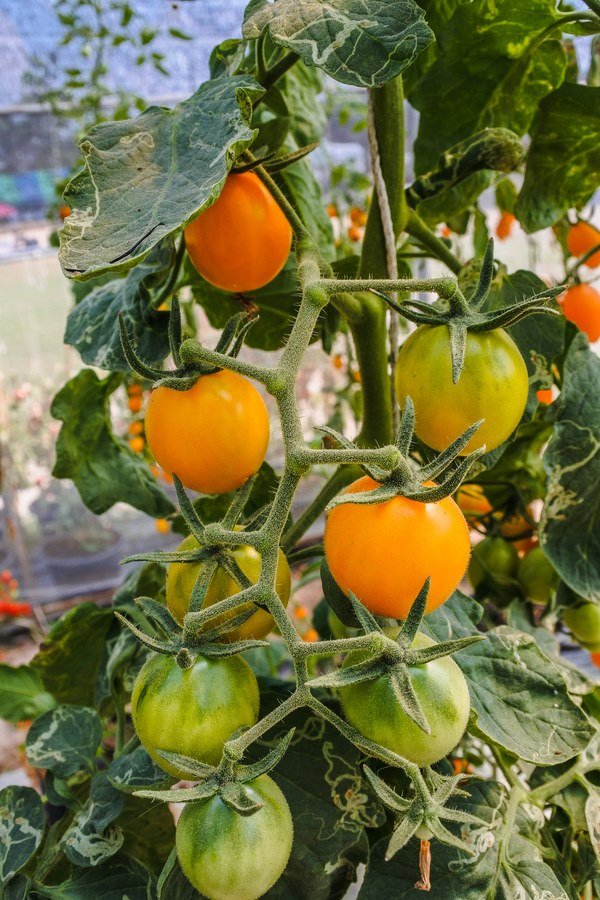Table of Contents Show
We recommend picking simple vegetables for garden that are easy to grow. We’ve recorded ten simple vegetables underneath.

In any case, it would likewise be wise to contact your state’s Cooperative Extension Service to discover what plants fill best in your space.
For instance, assuming you live in a space with an incredibly sweltering climate, vegetables that incline toward cooler temps might battle.
Few Tips for Choosing Vegetables
Pick what you (and your family) like to eat. Assuming nobody likes Brussels sprouts, try not to establish them! Be that as it may, assuming your children love green beans, put more exertion towards growing a major harvest of beans.
Be reasonable with regards to the number of vegetables your family will eat. Be mindful so as not to overplant, as you will just stretch yourself slightly by attempting to deal with huge loads of plants.
Grow Fresh Vegetables
Consider the accessibility of veggies at your supermarket. Perhaps you need to develop tomatoes, rather than cabbage or carrots, which are promptly accessible.
Additionally, certain veggies are up to this point unrivaled when local. It’s nearly a disgrace not to think about them (we’re considering garden lettuce and tomatoes).
Additionally, local spices are more affordable than supermarket spices. Be ready to deal with your plants all through the developing season.
Recall that tomatoes and zucchinis are becoming most grounded in summer. Assuming you’re one piece of the mid-year, you want somebody to take care of the harvests, or they will endure.
Or on the other hand, you could simply develop cool-season yields like lettuce, kale, peas, and root veggies during the cooler long stretches of per-summer and late-summer. Utilize excellent seeds.
Read Also:
Perfect Time for Planting Vegetables
Not all vegetables are planted simultaneously. “Cool-season” vegetables like lettuce and broccoli, and peas fill in the cooler climate of late winter (and fall).
“Warm-season, for example, tomatoes and peppers and cucumbers aren’t planted until the dirt heats up in pre-summer and summer.
Plant tall veggies (for example, pole beans on a lattice or sweet corn) on the north side of the nursery, so they don’t conceal more limited plants.
Assuming you truly do get concealed in a piece of your nursery, save that region for little, cool-season veggies. On the off chance that shade is unavoidable in pieces of your nursery, save those regions for cool-season vegetables, which like shade as the climate warms up.
A Beginner Garden Plan
Most veggies are annuals (established every year). Assuming you’re anticipating developing “perpetual” yields like asparagus, rhubarb, and a few spices, give super durable areas or beds.
Think about that as some yields mature rapidly and have an exceptionally short gather period (radishes, shrubbery beans). For example, different plants take more time to create, yet additionally produce for longer.
These “days to development” are commonly recorded on the seed bundle. Amaze plantings. You would rather not plant all your lettuce seeds simultaneously, or all that lettuce will require to be gathered at around a similar time! Amaze plantings by half a month to keep them coming! To assist fledglings, we believed that it very well might be valuable to see a nursery plan.
Here is an illustration of a starter family garden utilizing most of the normal simple to-develop vegetables recorded previously. It likewise includes friend planting (the act of setting plants that flourish together close to one another).
You’ll see that we have given the nursery good measured ways and blended in a couple of spices and blossoms, as well.
Honestly, assuming we had developed this nursery in our absolute first year, we would be excited! In arranging the nursery along these lines, we have fixed things that are a lot simpler for you to prevail with it. To learn more please visit urbanfam.shop









